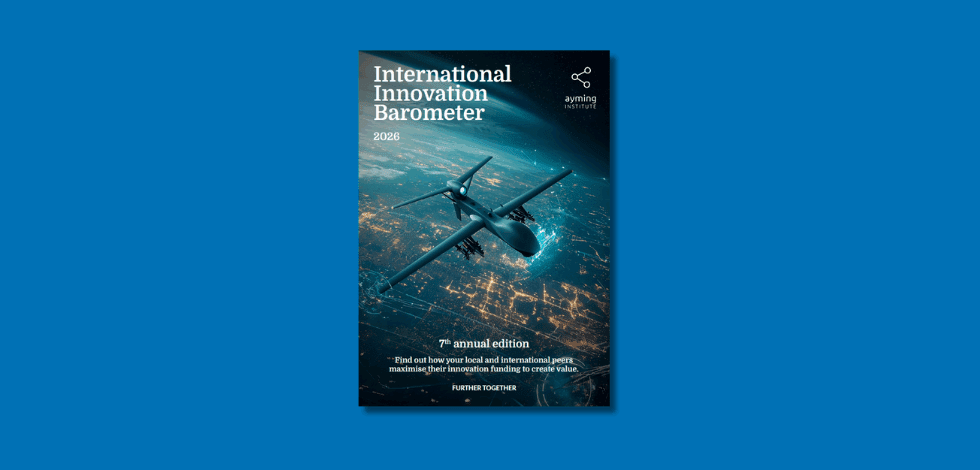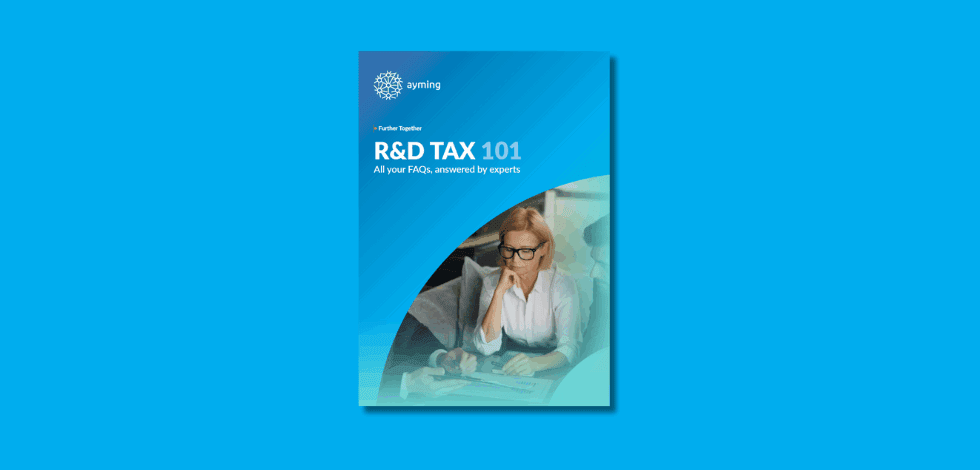Making Tax Digital is coming – here’s everything businesses need to know about it
According to HMRC, more than £8.9 billion a year is lost in tax as a result of avoidable taxpayer errors made by small businesses.
This key statistic is one of the main driving forces behind Making Tax Digital (MTD), HMRC’s flagship project that’s designed to digitise the UK’s tax system and help businesses get their tax bills right first time around.
The scheme, which has been the subject of much speculation and debate since it was first unveiled, will have widespread implications for all UK businesses. In fact, it’s being hailed as the biggest change in taxation since the introduction of self-assessment tax returns in 1996.
What does Making Tax Digital mean for businesses?
As well as reducing the amount of money that’s being lost due to tax-related errors and bringing the UK tax system in line with the 21st century, the initiative is aimed at putting all personal and business tax affairs altogether in one place.
In doing so, this will enable all tax data to be easily accessed and viewed at one time and provide businesses with a more transparent and real-time overview of all of their tax affairs.
From a practical perspective, whereas companies may currently choose to embrace the cloud and use the latest accounting software technology, it will become a compulsory requirement for the vast majority of businesses once MTD comes into force. Fortunately, HMRC are listening and have U-turned their approach to spreadsheets, which means they are now being incorporated into the MTD process, rather than excluded, as originally planned. This means businesses will still be able to continue to use spreadsheets, including Microsoft Excel, but must keep to HMRC requirements.
More notably, while HMRC promotes the fact the scheme will mean annual tax returns will no longer be required, what many businesses don’t realise is that they’ll have to comply with increased reporting requirements. Once MTD comes into effect, companies will have to report four times a year, which will put additional pressure on their internal resources and increase their costs for accounting and support functions. Given this, HMRC have promised filing extensions and ‘soft-landings’ for penalties to help make the transition as easy as possible for companies.
What can businesses do to make sure they’re prepared for Making Tax Digital?
With the main emphasis of MTD being on encouraging businesses to keep digital records, one of the main focuses for organisations right now is to review their existing software systems.
Although free software should be available, it’s not clear whether HMRC will be extending their online services portal or whether big software players like Sage, Xero or Quickbooks will offer a very basic ‘compliance’ version. It’s also important to note here, that companies that cannot go digital will not be required to do. (More details about exemptions, can be found in HMRC’s published summary of responses report, ‘Bringing business tax into the digital age.’)
However, businesses and landlords will be required to have some form of software in place (either for a computer or via a smart phone app) where they can keep their accounting records and submit their quarterly statement of incomes and expenses. One of the initial key features of MTD was the need for businesses to keep their records digitally, however, HMRC realised that this step may be a bit too soon for some companies to get to grips with.
Key software-related questions businesses might want to ask themselves include:
- Is it compatible with the requirements of MTD?
- How can I use my systems to boost my operational efficiency? (as well as complying with the new modernised tax system, the new measures will also provide businesses with an invaluable opportunity to review and streamline their existing processes).
- How will my records be shared with external suppliers? (It’s important that documents are stored in a widely-recognised format and can be easily accessed and interpreted by key contacts, such as accountants).
Last, but not least, it’s important businesses stay up-to-date with the latest updates from HMRC, particularly as the scheme is rapidly-evolving and legislation is being continuously revised. A copy of the latest press release can be found here.
When is Making Tax Digital due to take full effect?
With legislation to implement the initiative being removed from the Finance Bill 2017 ahead of the debate on the bills in the House of Commons in April this year, there’s been much speculation that the scheme will be delayed by at least a year.
Speculation aside, businesses will be required to start using the new digital service from:
- April 2018 – for individuals who file self-assessment tax returns.
- April 2019 – for VAT purposes for everybody who is VAT-registered.
- April 2020 – for Corporation Tax (CT) purposes for everybody who pays CT.
Making Tax Digital is undoubtedly due to transform the UK’s current tax system beyond recognition and, combined with the Government’s UK Digital Strategy, will bring it well and truly into the 21st century.
Not only does this major change present major opportunities for businesses to significantly enhance their current systems and ways of working, this unprecedented commitment to technology will keep the R&D incentive alive and strong for software and technology companies. As with all initiatives of this scale, the sooner businesses embrace it, the more likely they are to start reaping the full benefits, including the R&D potential, from it.













No Comments